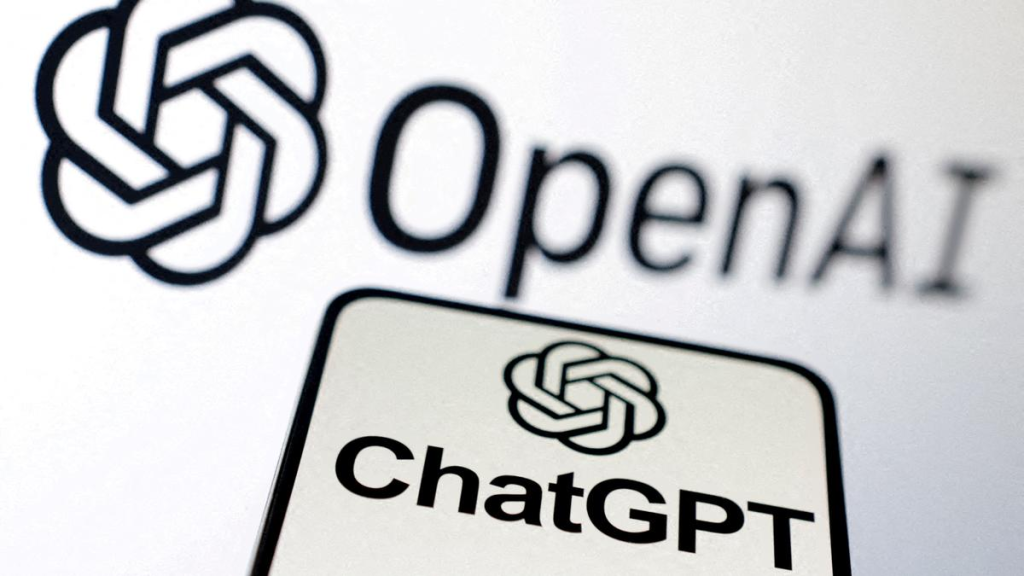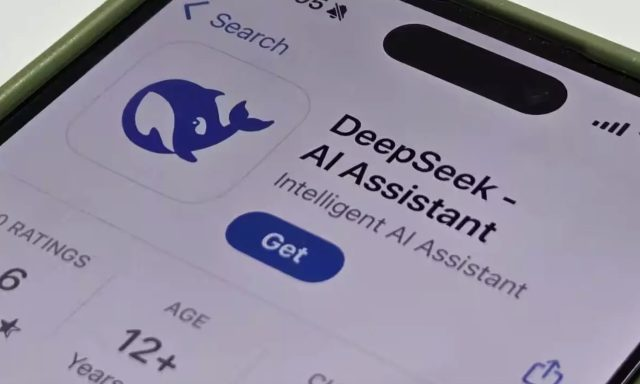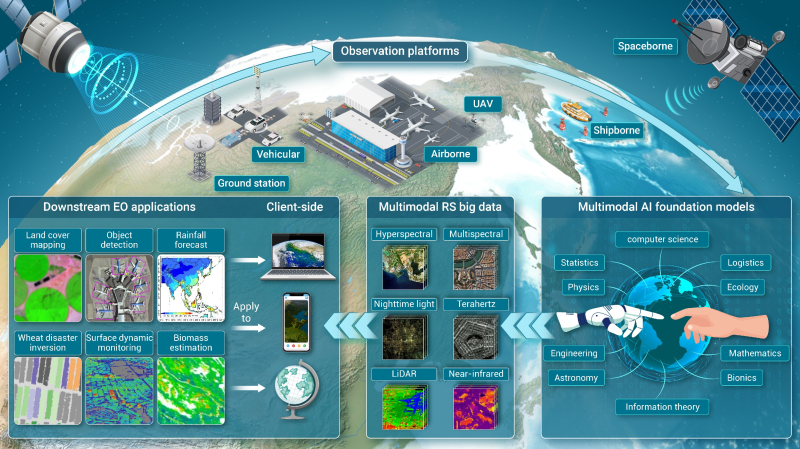Introduction to OpenAI’s New Feature
OpenAI, a pioneer in artificial intelligence, has consistently pushed the boundaries of what AI can achieve. Their latest offering, the advanced voice mode based on GPT-4o Mini, is set to revolutionize how users interact with AI, especially for free users who now have access to cutting-edge technology. This article delves into the intricacies of this new feature, its potential impact, and what it means for the future of voice-driven applications.
Understanding the Advanced Voice Mode
The advanced voice mode introduced by OpenAI is a significant leap forward in voice interaction technology. It allows users to engage with AI through natural, conversational speech, providing a seamless and intuitive experience. Key features of this mode include real-time voice recognition, context-aware responses, and the ability to handle complex queries with ease. This mode is particularly beneficial for users who prefer voice commands over text-based interactions, making AI more accessible and user-friendly.
Technical Breakdown of GPT-4o Mini
At the core of this advanced voice mode is GPT-4o Mini, a powerful yet compact version of OpenAI’s renowned GPT architecture. This model is designed to deliver high performance with reduced computational requirements, making it ideal for voice applications. GPT-4o Mini incorporates several enhancements over its predecessors, including improved natural language understanding and generation capabilities. By leveraging this model, OpenAI has been able to create a voice mode that understands and responds to human speech with remarkable accuracy.
Benefits for Free Users
One of the most exciting aspects of this announcement is that the advanced voice mode is available to free users. This move by OpenAI democratizes access to advanced AI technology, allowing a broader audience to experience its benefits. Free users, such as students, hobbyists, and small businesses, can now leverage this feature for various applications, from personal productivity to creative projects. This accessibility is a game-changer, as it encourages widespread adoption and experimentation with AI-driven voice interactions.

Impact on Voice-Driven Applications
The introduction of the advanced voice mode has far-reaching implications for voice-driven applications. With enhanced natural language processing capabilities, developers can create more sophisticated and responsive voice assistants. This technology can be integrated into various platforms, from smart home devices to mobile apps, providing users with a more natural and intuitive way to interact with technology. The potential for innovation in this space is vast, and OpenAI’s advanced voice mode is likely to inspire a wave of new applications and use cases.
Comparing with Other Voice Technologies
When compared to other voice technologies in the market, OpenAI’s advanced voice mode stands out for several reasons. Unlike some competitors that rely on pre-defined commands and limited context understanding, GPT-4o Mini-powered voice mode can handle a wide range of queries and adapt to different conversational contexts. This flexibility and depth of understanding give it a significant edge. However, challenges such as latency and the need for continuous improvement remain areas where competitors may still pose a threat.
Challenges and Future Developments
While the advanced voice mode represents a significant advancement, there are challenges that OpenAI must address. Scaling the technology to handle a large number of users while maintaining performance is one such challenge. Additionally, refining the voice recognition and response accuracy to handle diverse accents and languages is crucial for global adoption. Looking ahead, OpenAI’s roadmap likely includes continuous improvements to the voice mode, as well as exploring new applications and integrations for this technology.
User Experience and Feedback
Early feedback from users who have had access to the advanced voice mode is overwhelmingly positive. Users appreciate the natural and intuitive interaction with the AI, noting significant improvements over previous voice technologies. The community response has been enthusiastic, with many anticipating the wide-scale adoption of this feature. As more users gain access, the feedback will be crucial in guiding further refinements and enhancements.
Conclusion
OpenAI’s introduction of the advanced voice mode based on GPT-4o Mini marks a significant milestone in the evolution of voice-driven AI. By making this feature available to free users, OpenAI is not only democratizing access to advanced AI but also paving the way for new innovations in voice interaction. As this technology continues to evolve, we can expect even more seamless and intelligent voice-driven applications in the future.
Frequently Asked Questions:
- What is the primary difference between GPT-4o Mini and previous models?
- GPT-4o Mini is a more compact and efficient version of OpenAI’s models, designed specifically for voice applications. It offers improved natural language understanding and generation capabilities while requiring less computational power.
- How can free users benefit from the advanced voice mode?
- Free users can leverage the advanced voice mode for personal productivity, creative projects, and educational purposes. The accessibility of this feature democratizes AI technology, allowing a broader audience to experience its benefits.
- Is the advanced voice mode available globally?
- Currently, the advanced voice mode is being rolled out gradually. While it is available to a wide audience, global availability may depend on regional support and further refinements to handle diverse accents and languages.
- How does OpenAI’s voice mode compare to competitors like Amazon Alexa or Google Assistant?
- OpenAI’s advanced voice mode, powered by GPT-4o Mini, offers more flexible and context-aware responses compared to traditional voice assistants. It can handle a wider range of queries and adapt to different conversational contexts, providing a more natural interaction experience.
- What are the potential challenges in scaling this technology?
- The primary challenges include maintaining performance as the user base grows, refining voice recognition accuracy for diverse accents and languages, and ensuring low latency for real-time interactions.
- What future developments can we expect from OpenAI in voice AI?
- OpenAI is likely to focus on continuous improvements to voice recognition and response accuracy. Additionally, they may explore new applications and integrations, such as voice-driven AI in healthcare or education.
References:
- OpenAI Official Blog. “Introducing the Advanced Voice Mode for Free Users.” Link
- TechCrunch. “OpenAI’s New Voice Mode: A Leap Forward in AI Interaction.” Link
- The Verge. “GPT-4o Mini: Powering the Future of Voice-Driven AI.” Link
- MIT Technology Review. “Democratizing AI: OpenAI’s Voice Mode for Free Users.” Link





